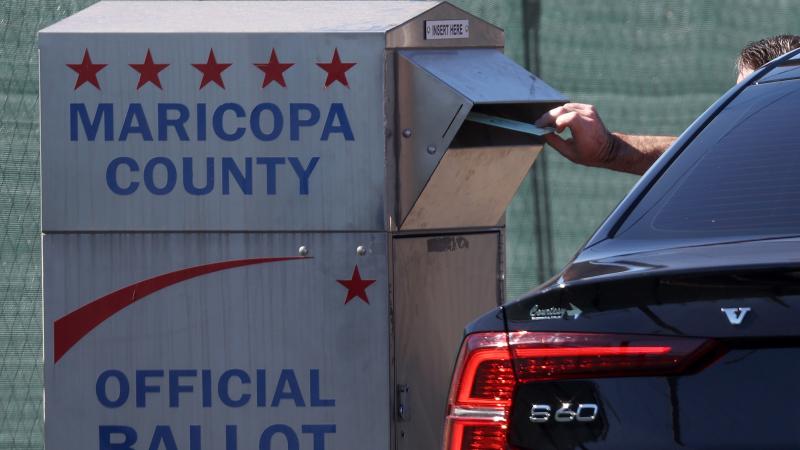Trump's tariff plan would raise $2 trillion or more and reduce deficit, watchdog says
Trump has proposed a baseline tariff of 10% on all U.S. imports. Analysts say his plan might have the effect of reducing growth, but the Trump campaign reportedly disputes this.
Former President Donald Trump, the Republican presidential frontrunner, has proposed a tariff plan that would raise between $2 trillion and $2.5 trillion and result in deficit reduction, according to a budget watchdog group. Trump has proposed a baseline tariff of 10% on all U.S. imports.
So far into FY2023, the deficit is $1.6 trillion.
"We estimate this policy could raise approximately $2.5 trillion over the Fiscal Year (FY) 2026 to 2035 budget window under conventional scoring. The tariff is also likely to reduce economic growth – although the Trump campaign disputes this – which we estimate could shrink the revenue gains to roughly $2 trillion," according to an analysis by the Committee for a Responsible Federal Budget.
"Depending on whether or not these economic effects are incorporated, we estimate the policy would reduce debt as share of Gross Domestic Product (GDP) in FY 2035 by 4 to 7 percentage points," the CRFB estimated.
The organization said their analysis "focuses only on the universal baseline tariff proposal and assumes it would take the form of a 10 percent minimum tariff on all imported goods."
The CRFB noted that "applying a tariff to virtually all imported goods would be a significant departure from current law, under which most imports are exempt from customs duties."
The organization noted that the amount of money the U.S. government brings in from tariffs has increased since Trump took office. Trump made trade policy a central focus of his 2016 presidential election campaign.
"Prior to President Trump’s first term in office, the United States was raising about $30 billion per year from tariffs on roughly one-quarter of all imported goods. Currently, tariffs raise about $100 billion per year on 30 percent of goods," read the watchdog group's analysis.
Trump had first floated the idea in August, which brought a swift negative reaction from some quarters. The Washington Post reported that economists of both parties said Trump’s tariff proposal is extremely dangerous. Adam Posen, president of the Peterson Institute for International Economics, a Washington think tank, called the idea “lunacy” and “horrifying” and said it would lead the other major economies around the world to conclude the United States cannot be trusted as a trading partner. Although aimed at bolstering domestic production, a 10 percent tariff would hurt the thousands of U.S. firms that depend on imports, while also crippling the thousands of U.S. firms that depend on foreign exports, Posen said.
At the same time, a bipartisan majority of Americans favor more tariffs on Chinese goods, according to a Reuters/Ipsos survey published in August.
"With a 10 percent universal baseline tariff applied to all imported goods, we estimate tariff revenue collection of $350 to $450 billion per year. In other words, annual customs revenue would more than quadruple between 2025 and 2035 under the proposal," the watchdog group estimated.
















